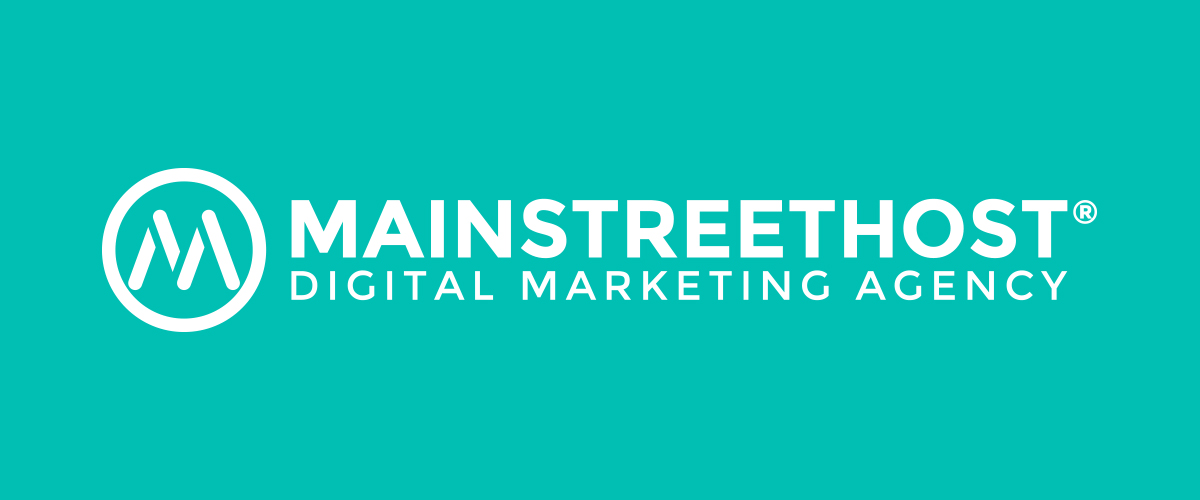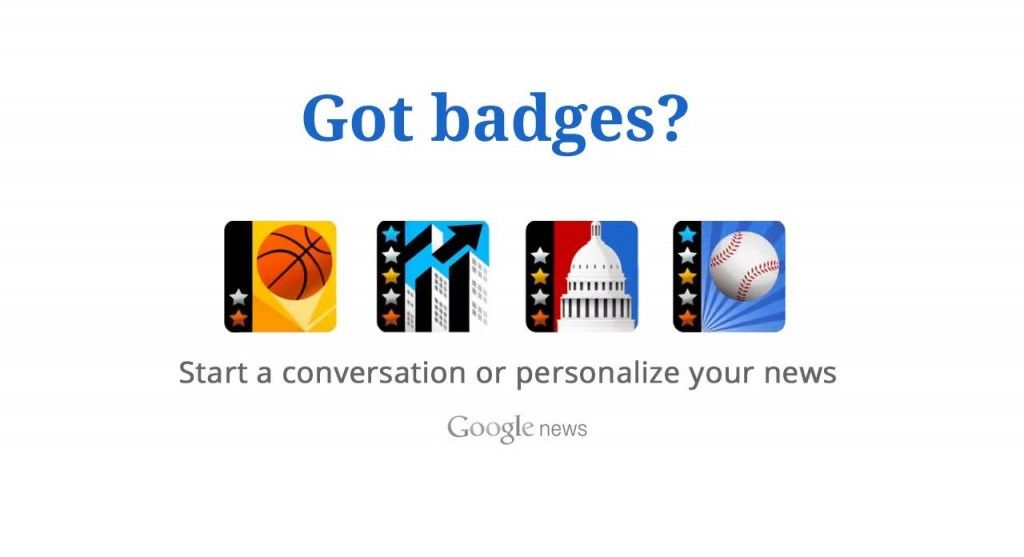Critics of Gamification Say Its Current Success Will Be Short-lived.
However, instead of fading away, this method has quietly worked its way into a growing list of industries. And you may not have even noticed. A 2014 post on our blog by Monica Wells discussed the growing importance of gamification as a marketing tactic. But other fields and industries have been using gamified elements for years. With this in mind, it’s only a matter of time before gamification as a marketing strategy becomes the industry norm, putting old-fashioned strategies out to pasture.
To recap, gamification is exactly what it sounds like. It transforms common activities, like learning or buying a product in a store, into games by using point systems, competition, rewards and other elements of gameplay. Organizations that implement gamification are typically trying to improve engagement with a product or service by making fun a part of the process.
One of the most popular examples of this can be found in customer rewards programs. Once upon a time, these programs were expensive to implement and boring for customers to use. Have you ever heard of the “if you buy X, you get X free” model? Of course you have, because you can’t go 2 miles without finding a business that uses this strategy.
An Entrepreneur article featured a salon that threw their old model out the window and achieved success through gamification. Their creative interpretation of a rewards program, built by Perka, gives points for every dollar spent at their salon. Patrons can then turn in those points for rewards like free haircare devices or salon services. This strategy successfully brought customers back to the salon again and again.
So we know gamification can work wonders on rewards programs for businesses. But it doesn’t end there. Fields across the board are either starting to or have been creatively implementing this idea for years:
Education
The gamification of education started long before the age of the app. Kids in the 90s could play computer games like JumpStart – made to reinforce skills learned at school. These games used correct answers to move players through a storyline or a geographic area. The well-known learn-to-type program Mavis Beacon also employs games to teach proper typing technique. And today you can download apps that use games and points to teach just about anything.
If I want to learn to speak Italian, I can download an app that will move me through different levels of proficiency. But schools and universities are also starting to look at how to use gamification as a core teaching method. While many traditionalists may not like the idea of gamifying college courses, gamification as a means of content enrichment cannot be underestimated.
Enterprise
Do you sometimes wonder where to begin when training new employees? Onboarding new hires is a complicated and lengthy process than can take months. Some organizations are using gamification internally to organize and simplify the transition.
By mapping out different skill sets or tasks new hires must complete, you give them the opportunity to tackle these assignments and succeed in a measurable way. Who doesn’t like crossing items off of a checklist? Organizations can also add incentives and competitive elements to inspire employees. At the end of the day, this strategy has the potential to promote efficient learning, boost confidence and reward quality work.
Design
This is a fun one. Literally. Gamification in design can happen online or in the real world. A few years ago Volkswagen launched a campaign based on something called “The Fun Theory.” Their theory was that fun really can influence people’s behavior. In their campaign, Volkswagen ran a contest to see who could create meaningful change using The Fun Theory.
You can take a look at the work of five finalists here – and see for yourself how these people used gaming elements to influence an action. The “rewards” in these cases vary. Some of the games were simply fun to participate in, while others offered tangible prizes. The World’s Deepest Bin was fun and engaging in and of itself, while the contest-winning Speed Camera Lottery gave money away.
Gamification is also present in many website designs in ways you may not notice. Social networks like LinkedIn need user interaction to survive. The site looks and functions best when people keep their profiles updated, add industry content and engage with other users. If you have a LinkedIn page, you’ve probably noticed the Profile Strength measurement on the top right of your profile page. Your circle will fill up based on different milestones: Beginner, Intermediate, Advanced, Expert, and All-Star. To get that All-Star rank, you must complete certain actions that help make your profile more complete. Boom – they’ve turned site engagement into a game.
Health & Wellness
Weight Watchers, Fitbits, Wii Fit, smartphone pedometers, and basically any other device and/or app that can track your food intake, exercise habits and general health is an extension of gamification. Personally, I love that on the (rare) days I reach 10,000 steps, my phone gives me a little gold ribbon as congratulations.
That may sound silly, but small, achievable goals and subsequent rewards are often the most effective motivators. Fitness bands track your daily progress and give you a little nudge if you’ve been too sedentary. They also reward you when you meet your active goals for the day. Meal tracking programs record your weight loss and give little progress shout outs. Celebrating small victories is a great way to promote positive thinking and motivation.
The Takeaway Here Is Simple.
If you want people to do something (buy a product, practice a certain behavior, etc.), make it an interesting journey for them. As we’ve seen, a little creativity goes a long way. And while gamification might not be the best option for every organization, it’s certainly a tool you shouldn’t underestimate.
Some legitimate criticism of gamification mentions concerns over whether or not rewards are meaningful. To gamify is not simply to push out some random, brightly-colored ribbons for every occasion. It seems to be a delicate balance, and even the best of us aren’t exempt from failure.
Google, of all enterprises, made this mistake back in 2011 with their Google News badge feature. This feature flopped soon after it was announced because the badges given out for reading different topics of news articles were virtually meaningless. They did not represent a significant achievement on the part of the user and they did not lead the way to more content only accessible by those with badges. Just because you clicked on an article about the Olympics, that action doesn’t indicate any expertise or special interest in sports as a general topic.
Learn from these successes and failures before trying your own extension of gamification. Really think through the action you want to encourage, and also what your customers would want from you as a reward. My phone pedometer can get away with giving me a simple golden ribbon because I don’t have to pay for any of their services. If I paid a monthly fee for this app, the ribbon might seem a little trite. The reward must be considered valuable and the user must feel like they actually earned that reward.
While games for customer rewards programs might be a relatively new idea, gamification is certainly not the transient fad some believe it to be. Nor is it a magic solution to your business’ engagement problems. But it has been around for longer than people realize, making its mark in the fields mentioned in this post, as well as many others. So who knows?
Maybe a little fun is exactly what your business needs.






